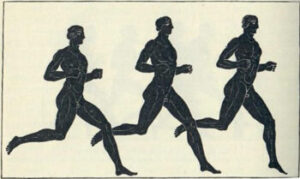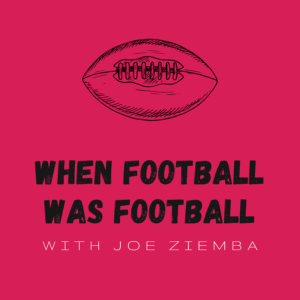June 9, 1930 – The “Flying Finn,” Paavo Nurmi ran 6 miles at a world record pace of 29:36.4. Just to place that into perspective, the current official world records in the 10,000 meters are held by Kenenisa Bekele with 26:17.53 minutes for men and Almaz Ayana from Ethiopia with 29:17.45 minutes for women.
The Finnish runner, Paavo back in his day dominated distance running in the early 20th century. Nurmi had at one point set 22 official world records at distances between 1500 meters and 20 kilometers! The great athlete also took home nine gold and three silver medals in his twelve events in the Summer Olympic Games he competed.
At his athletic peak, Nurmi was undefeated for 121 races at distances from 800 meters and longer. Throughout his 14-year career, he remained unbeaten in cross country events and the 10,000 meters.
To find more great daily sports history make sure to check out the Sports Jersey Dispatch and Pigskin Dispatch.

More From Sports History Network

(1968 Baltimore Colts) A Case For the Best Super Bowl Loser
January 12, 1969. The scoreboard read, “NY Jets 16, Baltimore Colts 7.” The Jets had

NFL Games Against Strange Opponents!
Each year, when we learn of our favorite NFL team’s schedule, we can be

(Scottie Graham) Former NFL RB Scratches His Itch to Get Back on the Field
This week Scottie Graham rides shotgun with me in the DeLorean to head back

1962 Green Bay Packers (One of the Greatest NFL Teams of All-Time)
Nearly six decades ago, the Green Bay Packers had one of the greatest seasons

Running to Win Super Bowl 6 (Dallas Cowboys vs. Miami Dolphins)
Prior to 1978, pro football was regarded as primarily a running game. The objective

Vasily Alekseyev (One of the Greatest Weightlifters of All-Time)
In 1975, the cover of Sports Illustrated identified Soviet weightlifter Vasily Alekseyev as “The World’s Strongest

Looking Back: First College All-Star Football Game
Every year about this time, from 1934 through 1976, an enormous football extravaganza took

Joe Kapp (A Quarterback in a League of His Own)
Fifty years after he retired, Joe Kapp is still the only QB in history